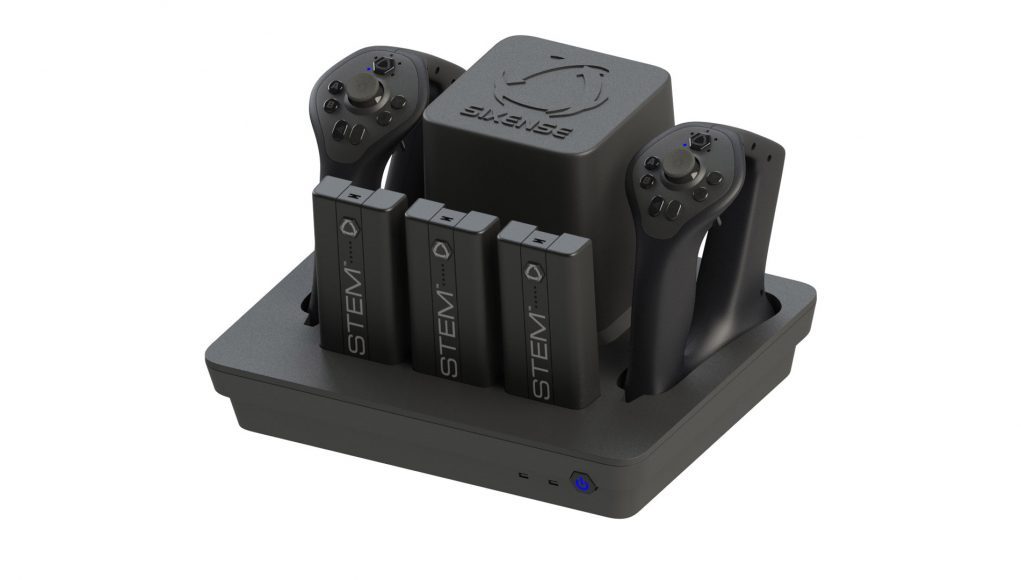Breaking six months of silence since their last update, Sixense, the company behind the much-belated positionally tracked controller system STEM, recently detailed “one last issue that needs to be addressed” before the company can start shipping to Kickstarter backers.
With its Kickstarter campaign launched back in late 2013, STEM was supposed to provide one of the world’s first consumer room-scale controller and tracker systems, something made possible by a magnetic tracking technology that can accommodate several tracked objects. Now, more than 4 years since the conclusion of the Kickstarter, backers are still waiting for their STEM Systems amidst what Sixense calls in their latest update “a long and complicated process.”
The last remaining issue? Parts are still warping, making for a critical misalignment when assembled.
“Our manufacturer has recently completed a tool mod to address gate relocation in order to eliminate warping of the controller halves. Following this, they produced 40 sets of controller halves (in 2 different runs) for us to perform an assembly build evaluation. In doing so, we found assembly level issues that were causing variability with the size of the reveal gap on the controllers. The proposed fix is to add a screw boss per the images below. It was also proposed that since we are doing a tool mod anyway, we should explore opportunities to add additional (steel safe) alignment features (bayonets, etc.).”

Sixense originally posted their first delay back in April 2014, citing the need for unspecified “hardware improvements.” Similar delays thereafter lead up to one of the greatest setbacks to the project in late March 2015: failure to pass FCC/CE testing, something that was chalked up to difficulties surrounding the basestation’s inability to both provide grounding for its radio frequency (RF) dongles without disturbing the magnetic tracking. Traversing more failed tests and manufacturing difficulties, the penultimate update, posted in July 2017, revealed a manufacturers letter to Sixense that detailed the company was still having part stability issues.
Still, the update holds no definite answers to when backers will see the final product—something that many now consider to be surpassed by both Vive and Rift’s respective positional tracking systems. Sixense says they’re now “really close and hope to have better news regarding this matter in the near future.”
The system does provide one boon over all others: absolute positional tracking without the need for line-of-sight from basestations or tracking sensors, but as far as consumer-level headsets go, it’s a solution to a problem that no one really has. Notwithstanding the potential applications as a way to add 6DOF positional tracking to 3DOF mobile headsets like Gear VR, the system, if mass-produced after shipping to backers, aims to live on in the enterprise sector, adding positional tracking to custom VR systems.
“Please believe us when we say that we’re far more frustrated with having to tell you about our plastics difficulties than you are with hearing them,” the company writes. “All we can say is that we’re really close and hope to have better news regarding this matter in the near future. Having said that (again) we want to most emphatically assure you that while we’ve been dealing with our injection molding madness, we have continued to develop the tracking technology, both on the hardware and software sides of things.”







